1. The Myth of the Wise Owl

Owls sit at the top of pop culture’s bird-brain hierarchy. Graduation cards, nursery rhymes, and commercials make them the professors of the animal kingdom. But here’s the truth: owls aren’t especially smart. Compared to crows, parrots, or ravens, they lag behind in problem-solving and tool use. So how did these big-eyed hunters end up wearing the mortarboard of wisdom? The answer starts in ancient Greece, where people confused mystery with intelligence and silence with knowledge, creating a myth that outlived its storytellers. The owl’s wisdom began not with fact but with fascination and imagination combined.
2. The Athena Effect

The story of the wise owl truly took shape with Athena, the Greek goddess of wisdom. She chose the owl as her sacred symbol, drawn to its calm presence and sharp eyes. Ancient Athens even placed the bird on its silver coins, linking it to prosperity and intellect. The owl’s reputation wasn’t earned through its behavior but through divine symbolism. Once Athena made it her companion, the world assumed the bird shared her intelligence. From then on, people began to see the owl as something greater, a quiet creature that carried human ideals of thought and reason.
3. Owls Own the Night
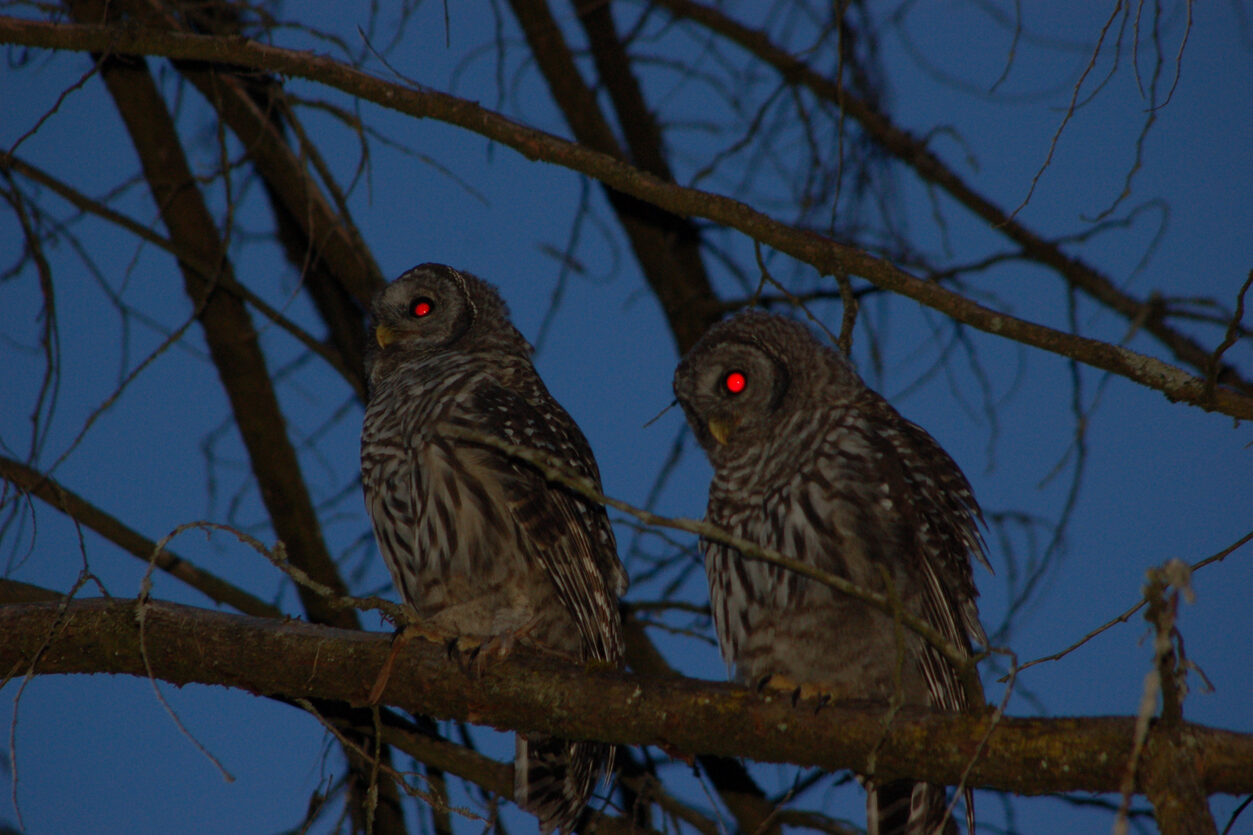
To ancient humans, the night was a place of danger and mystery. Owls thrived in that darkness, swooping silently while others hid. Their ability to see clearly in the dark gave them an almost supernatural reputation. People assumed that mastery over night meant mastery of knowledge. But the owl wasn’t a philosopher; it was a predator with perfect tools for survival. Its keen sight and hearing helped it hunt, not ponder. Still, mystery often feels like wisdom, and to people who feared the dark, the owl became both guide and guardian of unseen truths.
4. The Stare That Fooled Us
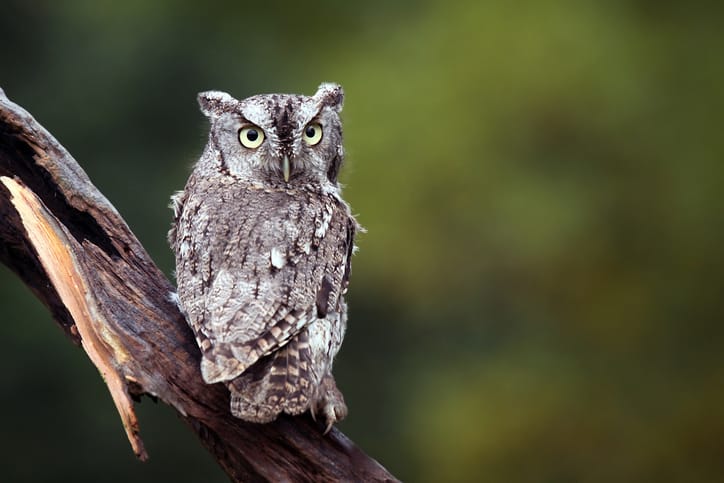
There’s something unsettling about an owl’s gaze. Its eyes face forward, unlike most birds, giving it an appearance more human than animal. To those who met that stare, it looked like thought or understanding. The owl couldn’t move its eyes, so it turned its entire head, making it seem more deliberate. Early people mistook this stillness for contemplation. But really, it was just biology doing its job. Owls aren’t thinkers; they’re watchers. Yet when a creature looks at you like it’s deciding your fate, you can’t help but think it knows something you don’t.
5. Silent Flight Equals Mystery
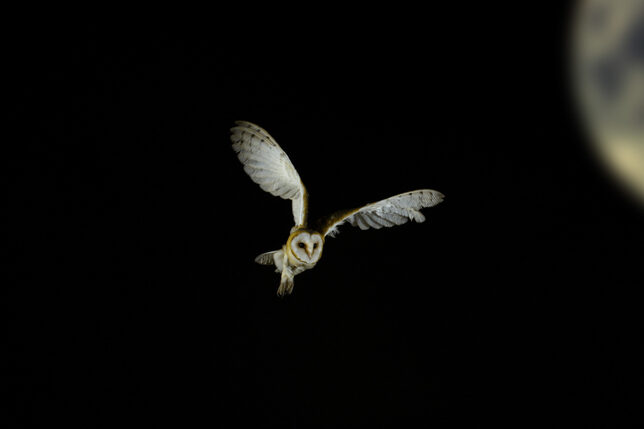
Owls glide through the night without a sound. Their feathers are shaped to cancel noise, allowing them to hunt without being heard. To early humans, this silence felt eerie and powerful. A bird that could appear and vanish without a sound had to possess secret knowledge. Over time, quietness became linked with intelligence, and the owl embodied both. But silence isn’t always wisdom. It’s simply nature’s way of making a perfect hunter. The owl wasn’t thinking deeply; it was staying alive. Still, to those watching, it seemed like grace mixed with understanding beyond reach.
6. Rome Carries the Torch
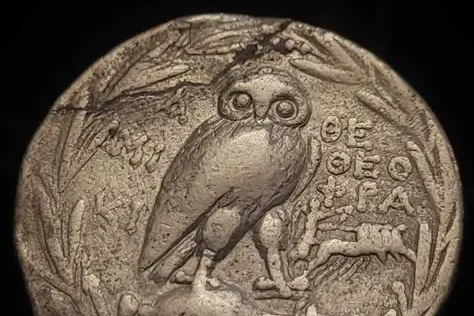
When Rome absorbed Greek culture, it brought Athena’s owl along for the journey. The bird soon decorated coins, mosaics, and jewelry, symbolizing prudence and foresight. Roman poets and philosophers wrote about the owl as a creature that saw what others missed. As the empire expanded, so did the myth. The wise owl became a symbol of power and intellect across Europe. It didn’t matter that the bird was simply doing what it always had. Humans had already turned it into a mirror for their own minds, using it to represent vision and knowledge in art and story.
7. Medieval Storybook Casting
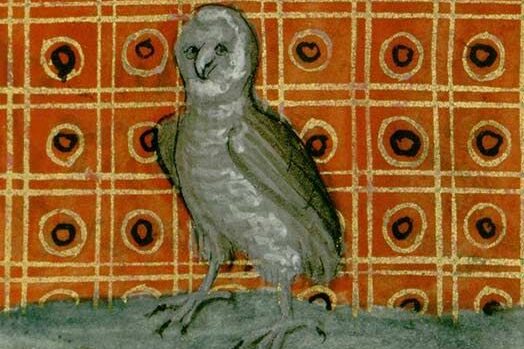
By the Middle Ages, the owl’s reputation was sealed. Storytellers used animals to represent human traits, and the owl always played the role of the wise one. It gave advice, solved problems, and guided others to safety. These stories appeared in bestiaries and children’s fables, reinforcing the image over generations. Illustrations showed owls perched on branches, serious and thoughtful. People learned that if an owl spoke, it spoke truth. No one questioned why. The myth was convenient and comforting, turning a nocturnal predator into a moral teacher for all ages to learn from.
8. Folklore Isn’t Consistent
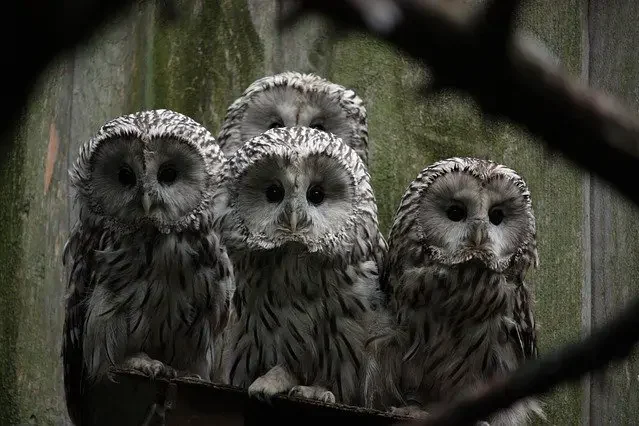
Not all cultures viewed owls kindly. In Africa, the Americas, and parts of Asia, they were symbols of bad luck, death, or sorcery. Their nighttime habits and haunting calls unsettled people. Still, in Europe, where the Greek and Roman influence was strongest, the wise version of the story dominated. When printing arrived, the positive image spread faster. Darker meanings faded, replaced by admiration and respect. The owl became the thoughtful face of nature. The truth depended on where you stood, but the Western story won, shaping how the world saw these birds forever.
9. Shakespeare and the Owl Cameo

When Shakespeare wrote his plays, the owl already carried centuries of meaning. Sometimes it was an omen, other times a symbol of watchfulness or reflection. Writers loved using it because audiences understood instantly. In poems and prose, the owl became shorthand for thought and awareness. It wasn’t really about the bird at all; it was about the human desire to find meaning in everything. Every time an author mentioned the owl, the stereotype grew stronger. Art has a way of repeating what feels true until no one remembers where it began.
10. The Nursery Rhyme That Stuck

“The wise old owl sat in an oak; the more he saw, the less he spoke.” That rhyme, first printed in the 19th century, shaped how generations saw the bird. It taught children that quietness and observation meant intelligence. Teachers and parents repeated it until the idea became second nature. The owl’s calm presence made it the perfect image for patience and thought. A simple poem became a lasting truth. Long before science could weigh in, culture had decided that wisdom had feathers and big round eyes that never looked away.
11. Cartoon Professor Owl
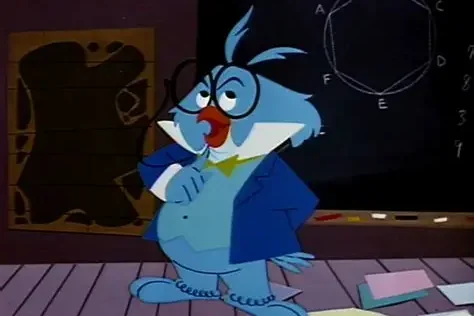
When animation entered the scene in the 1900s, illustrators needed easy ways to show personality. The owl’s look was perfect. It became the wise professor, perched on a branch or standing before a class, glasses balanced on its beak. From Disney to early picture books, children grew up seeing the owl as a teacher. Its calm eyes and serious face made it feel reliable. Even when the stories were silly, the owl remained the voice of reason. A cartoon cliché soon became cultural fact, solidifying the myth for another generation to believe.
12. The Tootsie Pop Commercial
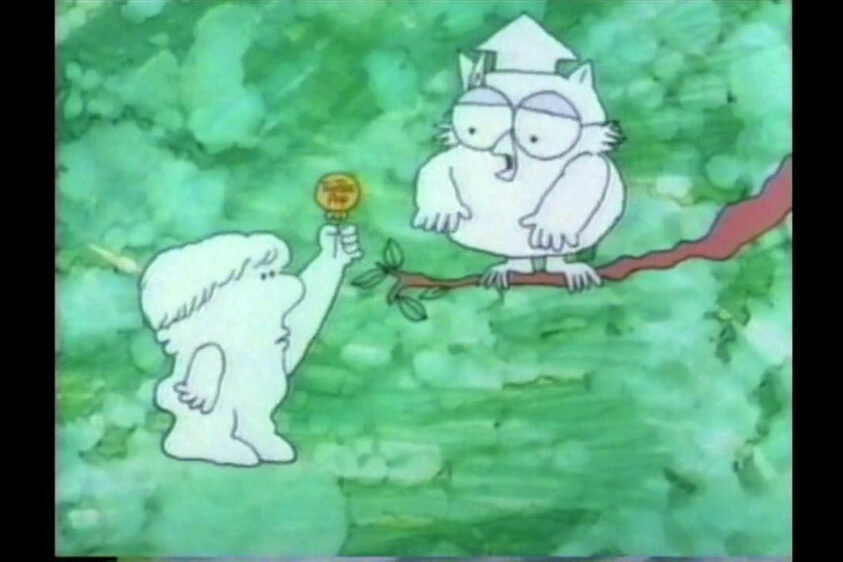
In 1970, a candy commercial asked the question everyone remembers: “How many licks does it take to get to the center of a Tootsie Pop?” The answer came from an owl wearing glasses, perched in a tree like a classroom professor. He counted carefully, one, two, three, then bit straight through the candy. The ad was funny, clever, and unforgettable, but it also reinforced the owl’s role as the all-knowing expert. Even though he cheated, his confident voice made him sound wise. Millions of viewers saw that owl and believed again that wisdom had wings.
13. Harry Potter Gives Owls Tenure
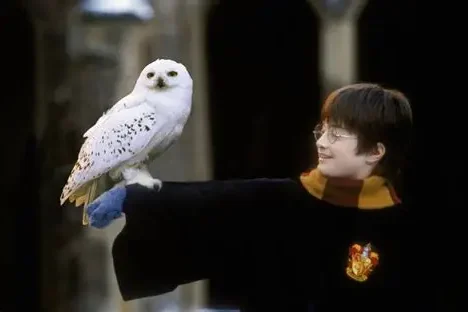
When J.K. Rowling introduced Hedwig in Harry Potter, the owl gained new layers of meaning. Hedwig wasn’t just a pet but a messenger, protector, and silent companion. Her calm loyalty fit perfectly with the old idea of the wise bird. Fans adored her, and suddenly owls symbolized more than thought—they represented trust, insight, and mystery. Their popularity soared in books and films, blending fantasy with centuries of myth. The owl became magical once again, proving that sometimes stories can renew old beliefs without ever needing to explain why they last.
14. Graduation Owls Take Flight

By the late 20th century, owls ruled graduation season. Greeting cards, decorations, and stuffed toys all featured them wearing tiny mortarboard hats. The connection felt natural: smart students, wise owls. It was more tradition than truth, but it stuck because it felt right. Owls came to represent achievement and understanding, even though they never passed a test. People like symbols that celebrate success, and the owl’s calm, serious face fit the mood perfectly. What began as a myth became a marketing classic, a friendly reminder that wisdom sells almost as well as candy.
15. The Brand Too Strong to Break

Science has revealed that owls aren’t especially bright compared to other birds. They’re skilled hunters, not problem solvers. Yet their image remains unshakable. Thousands of years of stories have built them into icons of intellect. From Athena’s temple to modern graduation cards, the idea has outlasted facts. We project wisdom onto them because it comforts us. The truth is simple: owls are symbols of what we want to believe about ourselves. Maybe that’s the real lesson. Wisdom isn’t in their eyes. It’s in the way we choose to see.
So, the next time you see an owl in a cap and gown on a graduation card, remember it’s not giving a lecture. It’s not smarter than a crow. It’s just an excellent predator with haunting eyes. The wisdom? That’s pure human imagination, projected onto a bird that never applied for the job.
This story 15 Steps to How Owls Got Stuck With the “Wise” Label They Don’t Deserve was first published on Daily FETCH


